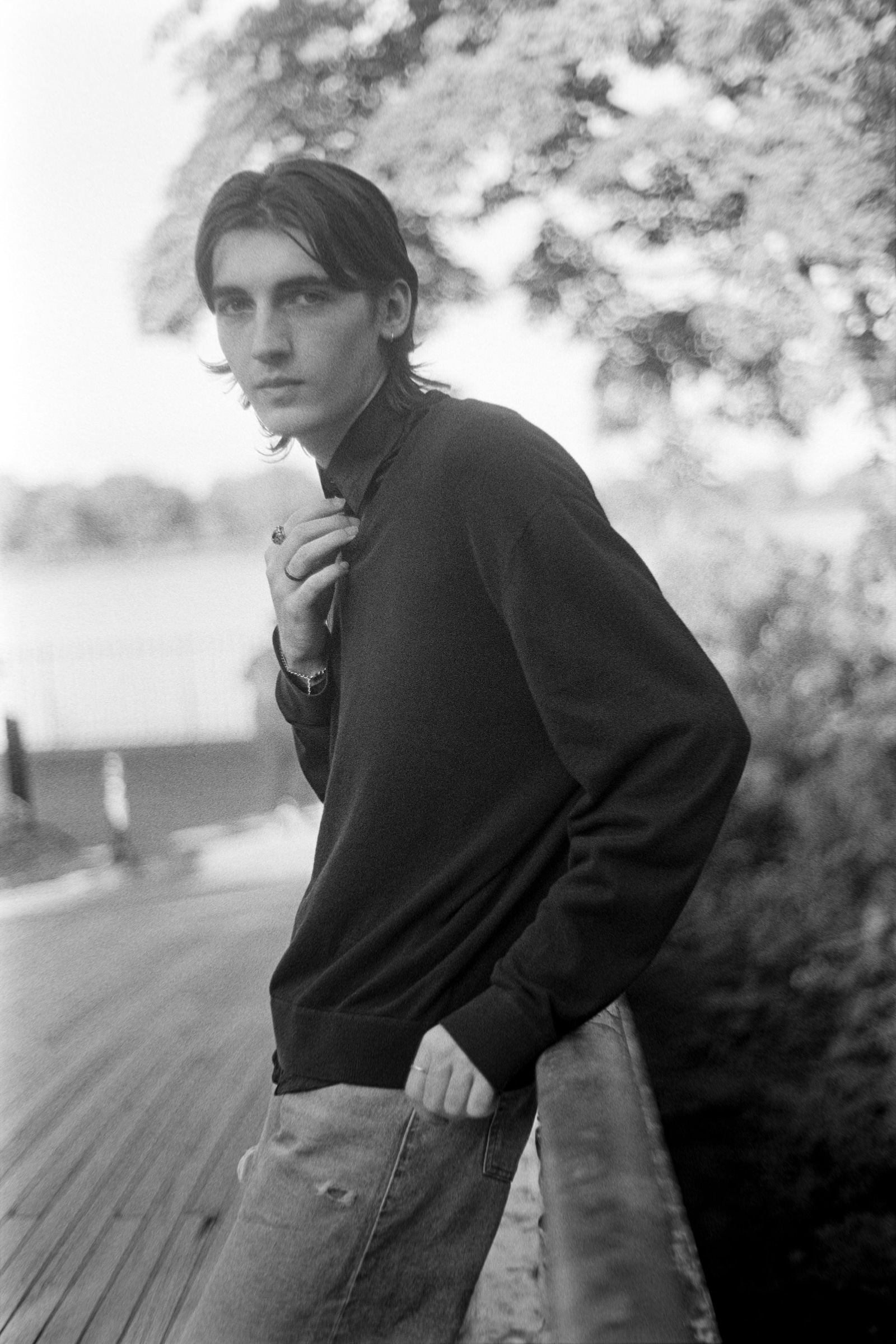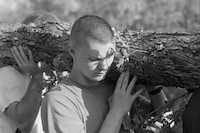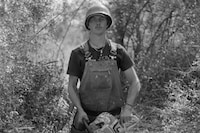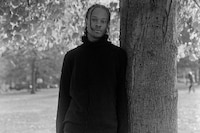Masculinity – and its supposed ‘downfall’ – has been the subject of tabloid outrage and conservatives’ pearl-clutching for decades. In America, the re-election of President Donald Trump marked a flashpoint in this cultural reckoning: a challenge to progress in women’s rights, a backlash against #MeToo, and a nostalgic lurch toward a world where “men could be men”. This is a president found liable for sexual abuse, who dismantled abortion protections and cosied up to some of the far right’s loudest voices – figures who have played a significant role in radicalising a generation of young men online. The culture around gender has been shifting for years, but what does modern masculinity in America look like?
It’s a sprawling question, and one that 22-year-old photographer Nico Daniels begins to explore in a series, The New American Man, a graduating project submitted as part of a Photography BFA at Parsons, New York. Daniels was raised in Houston, Texas, before moving to New York for his studies, where he witnessed the shifting representations of masculinity across the cultural landscape. “[In Texas] I did football in seventh and eighth grade, and those were the most depressing years of my life,” Daniels says. “I was doing what my peers were doing, and trying to perform this straight male youthhood that was not me at all.”
In 25 documentary portraits of young men in Texas and New York, Daniels captures masculinity in its varying shades, performed authentically through clothing, pose and gaze, allowing these expressions to be seen side by side, without judgment, in a shared light. Below, Nico Daniels talks about the project in his own words.
“I grew up in Texas with two older brothers and a very traditional dad. I didn’t fully understand I was gay until late in high school, but I always knew I was different. There’s this sort of unspoken point in a lot of gay men’s lives where your friendships with other boys fall off – not because of anything sexual, but because your behaviour doesn’t line up with what’s expected. But moving to New York was life-changing. I met guys my age who treated me like a normal person, who didn’t define me by my sexuality. That contrast between my experience in Texas and here became a core part of the project. Back home, I felt the pressure to conform. But now, returning – whether to shoot or for the holidays – I don’t feel the need to hide parts of myself. Living in a city and being surrounded by people who accept me has given me the confidence to just be.


“Trump was elected as this project was developing, and I noticed how conservative ideals were becoming more mainstream across the US, particularly in places like Texas, which has always leaned conservative. There’s been this visible radicalisation of young men, often rooted in conservative, even far-right ideologies. Trump’s presidency seemed to widen the gap between urban, often more liberal identities, and rural conservative ones. And that divide became something I felt I needed to explore.
“Through social media, I found out about this massive annual bonfire event in Texas, where a lot of people I went to high school with go. It felt like a hyper-masculine, very Southern, almost cult-like ritual. I paired portraits from there with portraits of my friends in New York – people who, to me, represent a softer, more fluid version of masculinity. Shooting in Texas could sometimes be uncomfortable. I felt like an outsider. At the cutting sessions – where they chop down trees for the bonfire – I had to be really humble, ask permission to take photos, and just observe. I brought my best friend from high school, who now goes to that college, as my photo assistant. I didn’t fully explain the project to him, I just said I was making work. When I finally went to the bonfire in January, it had more of a media event vibe, and people were actually excited to be photographed.
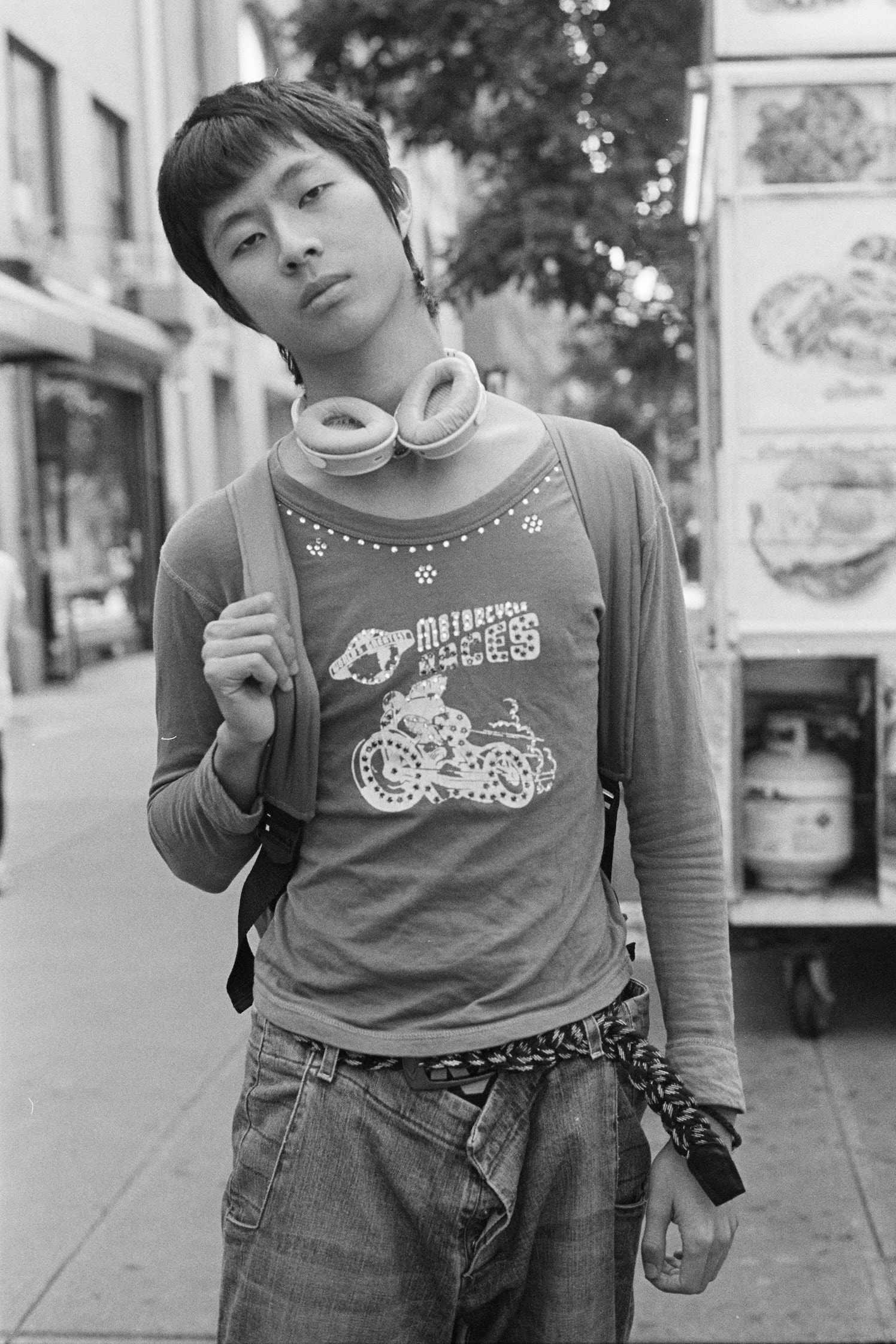
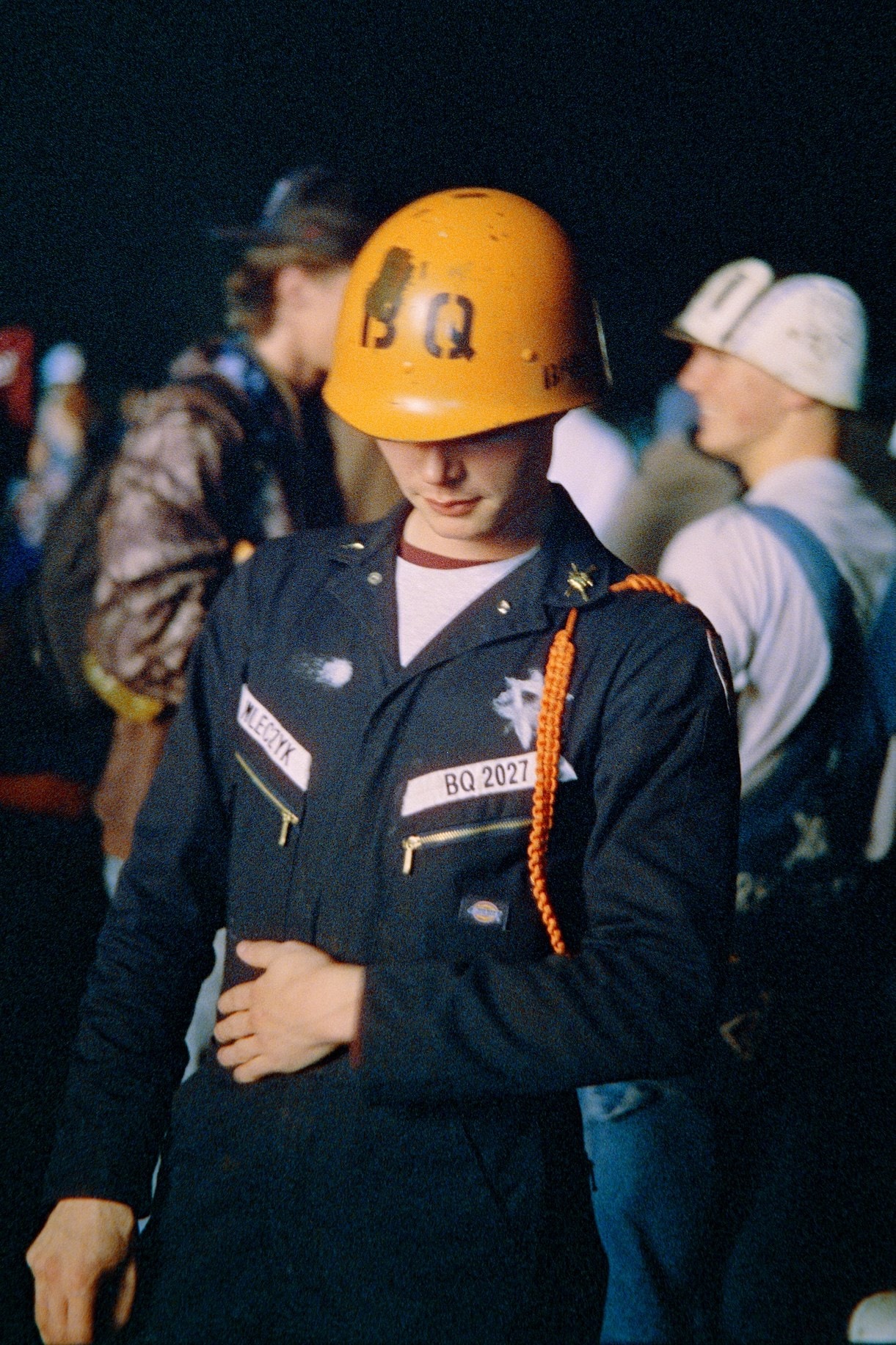
“In New York, it was much easier. Most of the guys I photographed were friends or friends of friends. I also spent time shooting nightlife – outside clubs around sunrise. Some of my favourite images came from that time. There’s one of a guy in a pink cowboy hat that I love – he straddled that space between Brooklyn and Texas in a really compelling way.
“A big part of this project is about how masculinity looks different across environments. I think people from traditional backgrounds might be disturbed by seeing young men who are more fluid – whether it’s a low-cut shirt or just a certain softness. But for people here, especially among Parsons students, it’s just reality. I’m not trying to say one version of masculinity is better than another – just that there’s a spectrum. Different environments breed different identities.
“I found myself especially drawn to this new wave of right-wing identity among young men – it's not just an aesthetic, but an ideology, often fostered online. In contrast, later in the project, I felt it was important to represent young men in New York who didn’t fit into that mold. I didn’t want to label masculinity as ‘good’ or ‘bad’ but rather to show that masculinity exists on a spectrum, shaped by environment and culture.
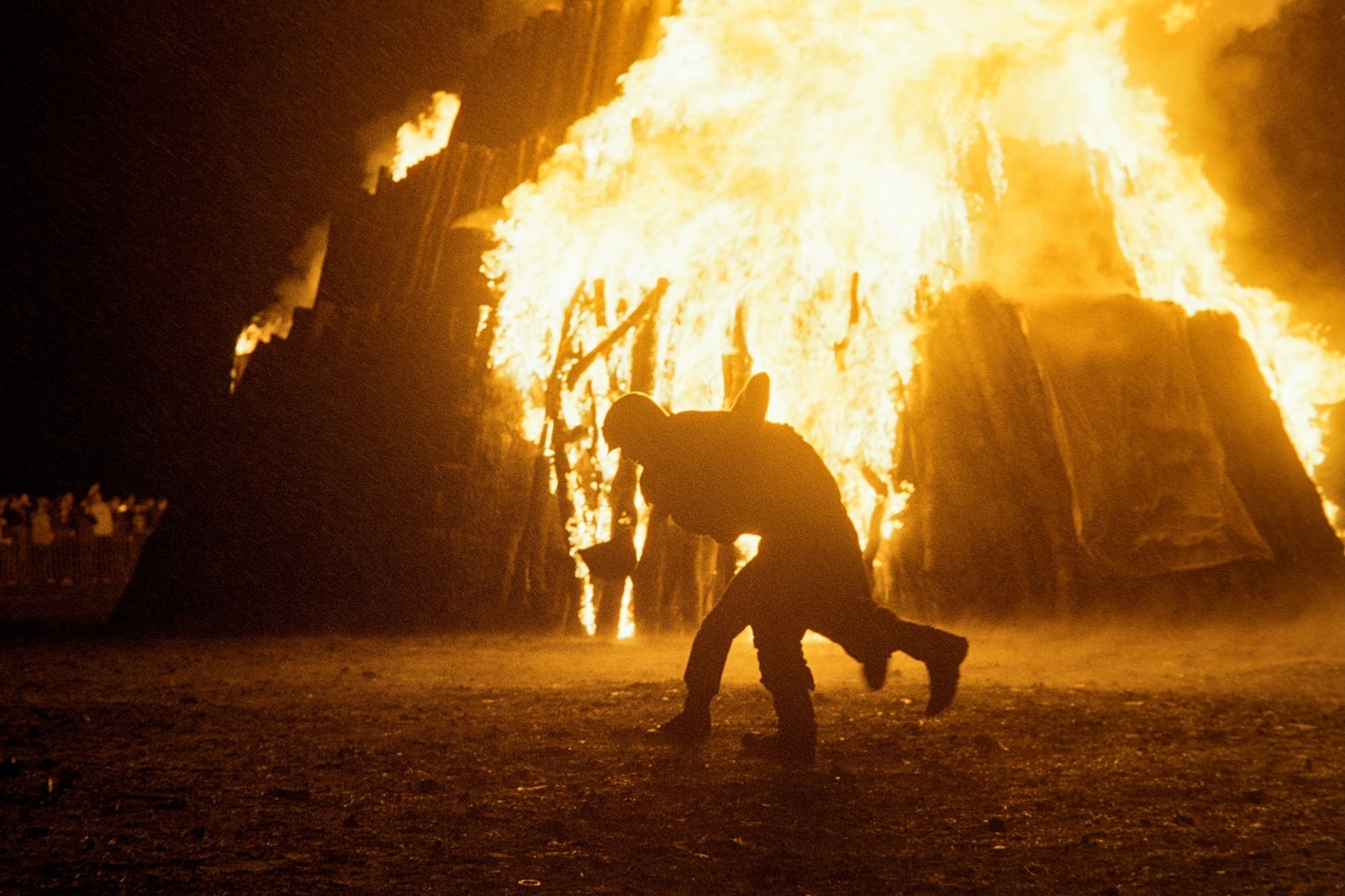
“A while ago my friend from Texas visited me in New York. We were hanging out with some of my guy friends in Central Park, throwing a frisbee around, and afterwards he said, ‘It’s so interesting – guys our age here are just so much more chill.’ As someone who grew up in Texas, I totally got what he meant. You don’t have to perform this rigid version of yourself here. You can just relax. Hearing that from a straight guy I’ve known forever was meaningful. It really stuck with me, and put into words what I was trying to express through this work.”
